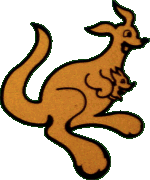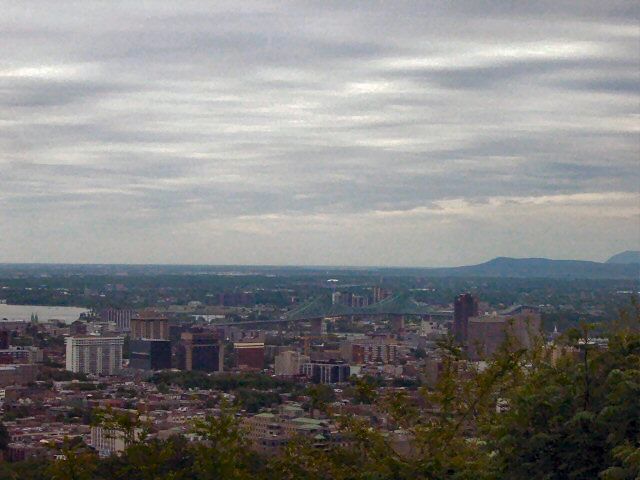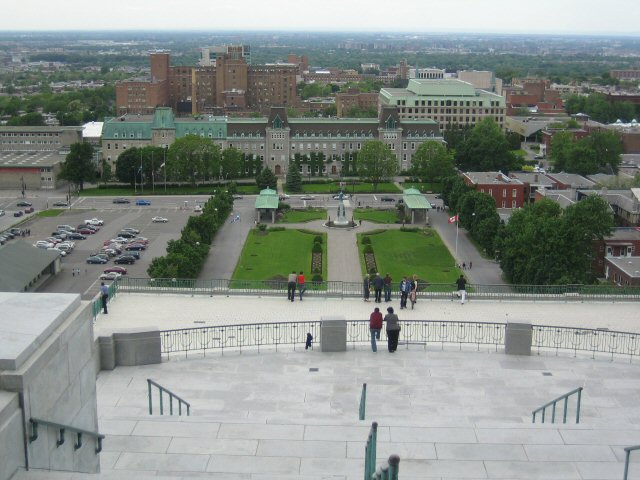
Montréal's skyline

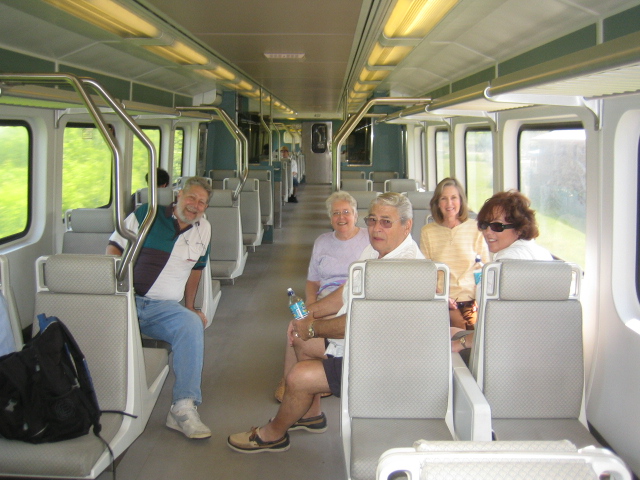
We took the train to get into Montreal.

We then took the subway to get around. There are no better ways to visit Montréal, the parking space is at a premium and very expensive there, but the public transportation system is clean fast and safe.
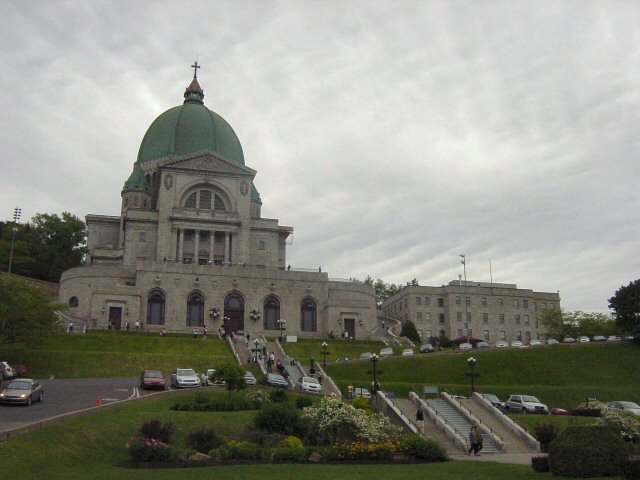
The Saint Joseph's Oratory atop Mount Royal is one of the world's most visited shrines. The basilicas's huge dome reaches 97 meters and is second only in height to Saint Peter's Basilica in Rome. The sheer size of it contrasts sharply with its frail founder, Brother André, the humble doorkeeper who had initiated its construction in 1904. The shrine, devoted to Saint Joseph consist of a primitive chapel, a votive chapel, a crypt and a basilica large enough to accommodate 10 000 worshipers. The basilica's great organs and 52 bells chimes will occasionally rekindle solemn works of great composers.
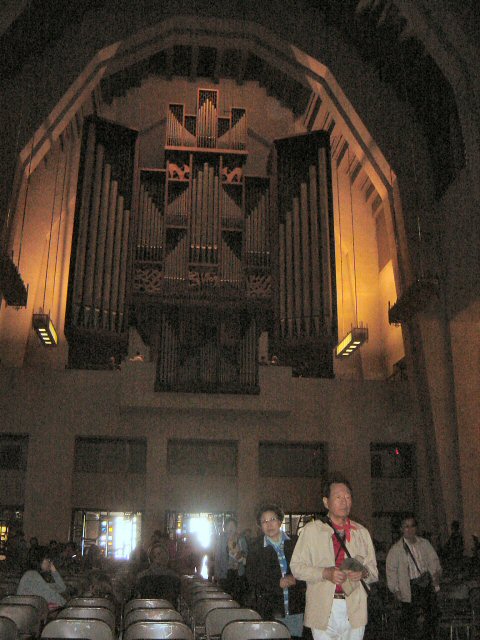
The Saint Joseph's Oratory features a Casavant Organ with 7 000 pipes.
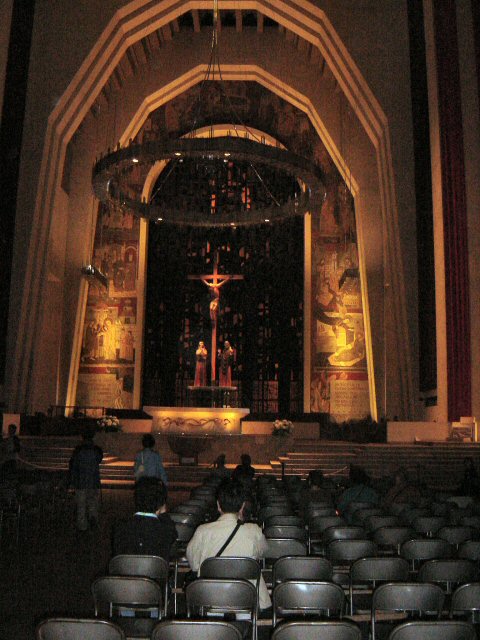
The inside of the Saint Joseph's Oratory is very humble and surprisingly modern looking.
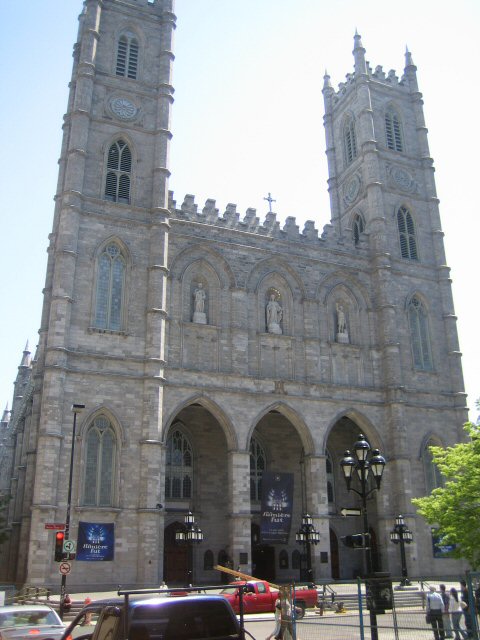
The Notre-Dame Basilica of Montréal.
A masterpiece of Gothic Revival architecture, Notre-Dame Basilica was built between 1824 and 1829.
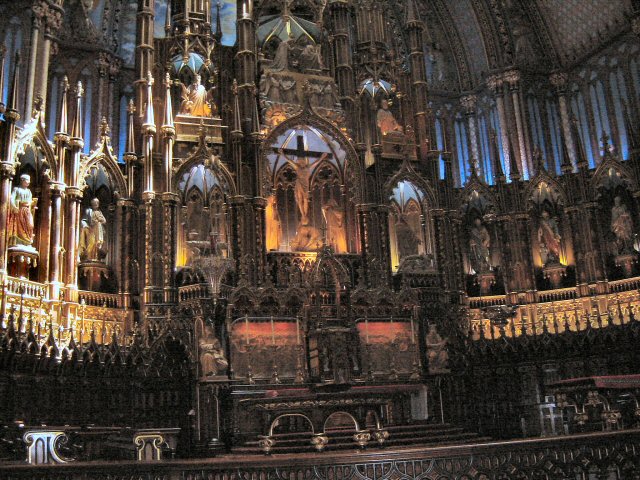
The magnificent interior sculpted in wood, paint and gold leaf captivates hundreds of thousands of visitors each year. Paintings, sculptures and stained glass windows illustrate biblical passages as well as 350 years of parish history.

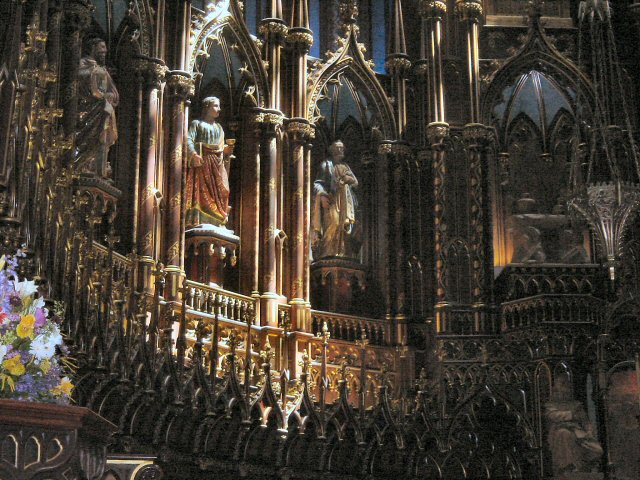
Notre-Dame Basilica inside and detail view.
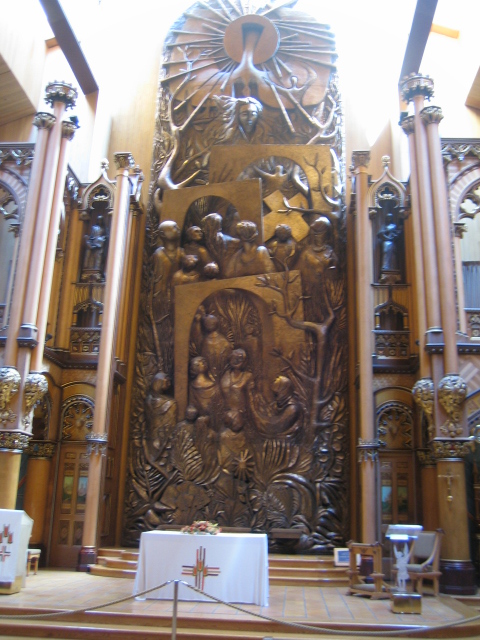

In the early 1980's the chapel of Notre-Dame-du-Sacré-Coeur (small chapel inside the Notre-Dame Basilica)was rebuilt, the old chapel had been destroyed by arson, the design of the chapel is very modern and reminiscent of the 80's.
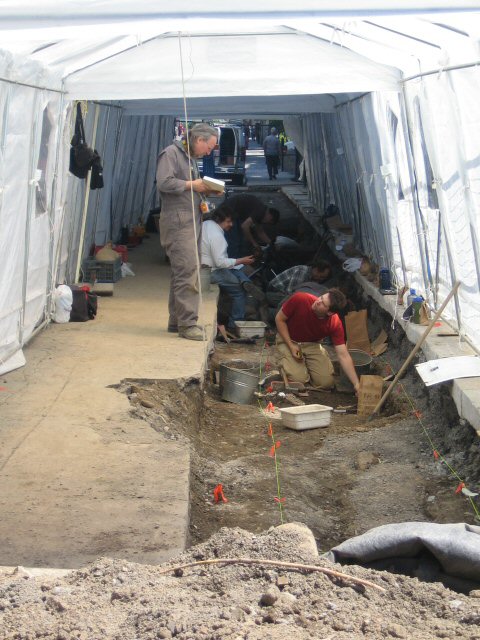
Archaeological digging near the Notre-Dame Basilica.
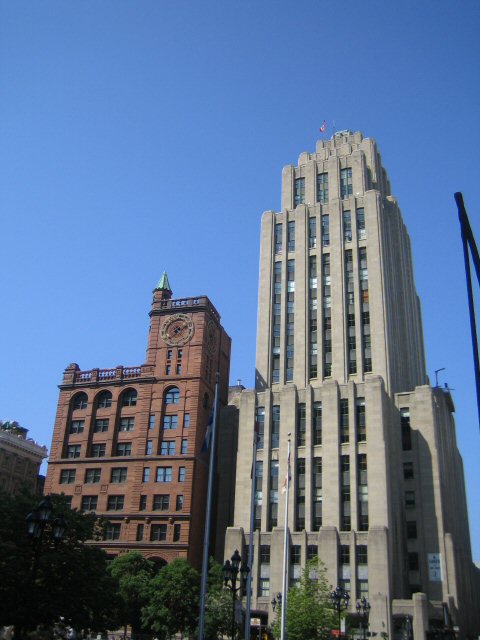
Montreal's architecture is varied, here is the precursor of the Empire State building, after he built this one, the architect went to New York and built an almost identical one, except 10 times bigger :)
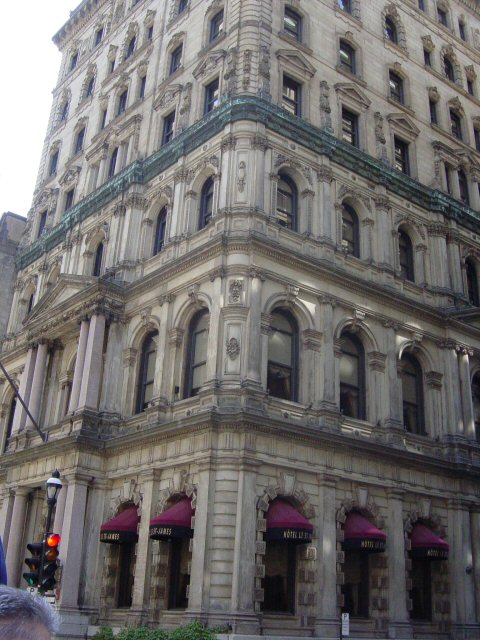
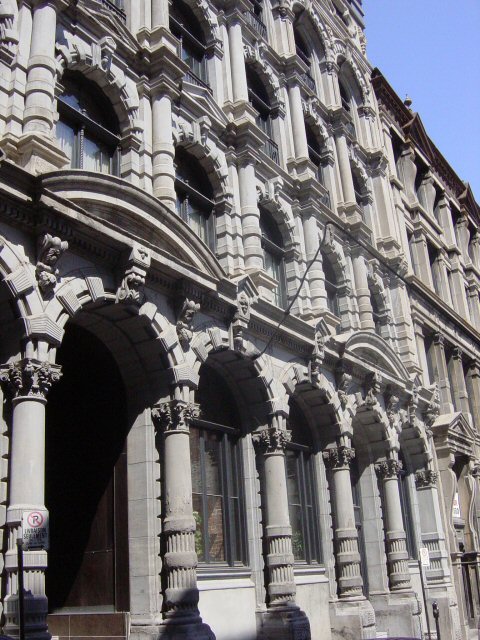
Many old buildings are now converted into condominiums in Old Montréal. The first floor is usually commercial, the upper floors are residential.
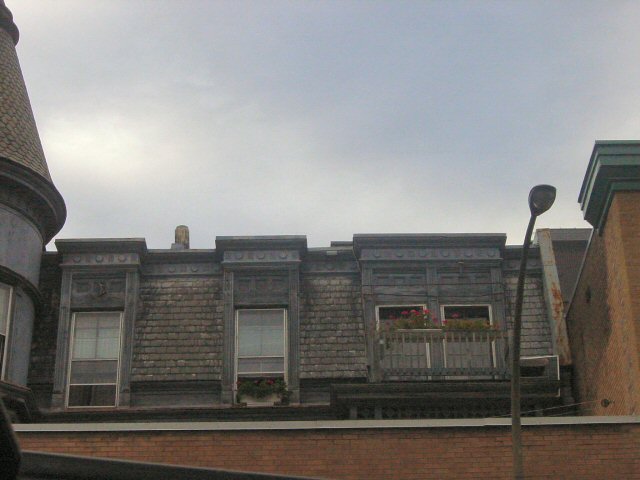
Some rooftops made me think of Montmartre in Paris

The changes are often visible, here we can see how the building was built on the foundation of an old one and the stone and old brick wall were preserved and added on.
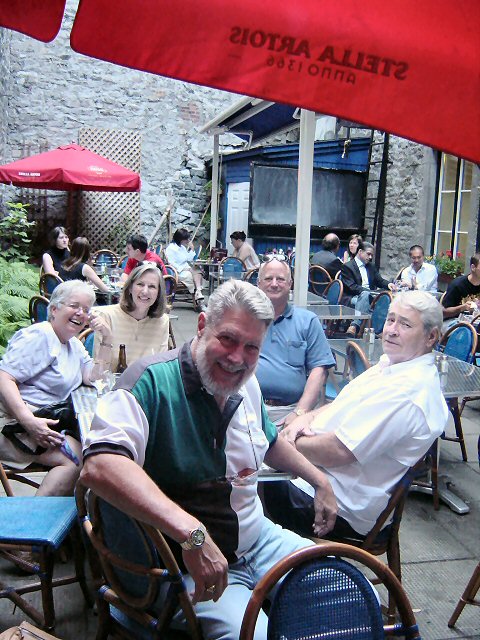
After a day of walking and visiting, a welcome break in a charming beer pub, situated in a courtyard in Old Montreal. From left to right, Ron, Sandy, Lana, David and Doug.
Retour à l'index
